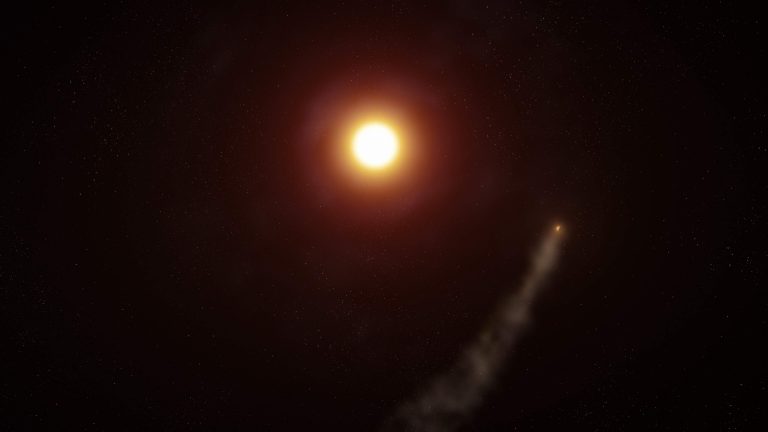Super-Earths’ Super Atmospheres Put A Question Mark On Habitability

What’s the Latest Development?
According to a paper published in the Monthly Notices of the Royal Astronomical Society that examined some of the recently-discovered exoplanets labeled “super-Earths,” extra-deep atmospheres that are several times the bodies’ radius make it unlikely that they contain life as we know it. The existence of these hydrogen-rich envelopes also challenge the notion of habitability despite their proximity to the “habitable zone” around its parent star. Helmut Lammer and his colleagues at the Space Research Institute of the Austrian Academy of Sciences performed the research.
What’s the Big Idea?
All of the exoplanets in the study are suspected to contain rocky cores, which would normally make them potential candidates for life. However, the researchers theorize that the hydrogen and methane that was created when the planets were formed never got a chance to completely escape into space. In addition, ultraviolet light from the parent star is causing the atmosphere to expand. The paper suggests that although these planets may have a mass that’s similar to Earth’s, their atmospheres make them similar to gas giants Uranus and Neptune.
Photo Credit: Shutterstock.com





